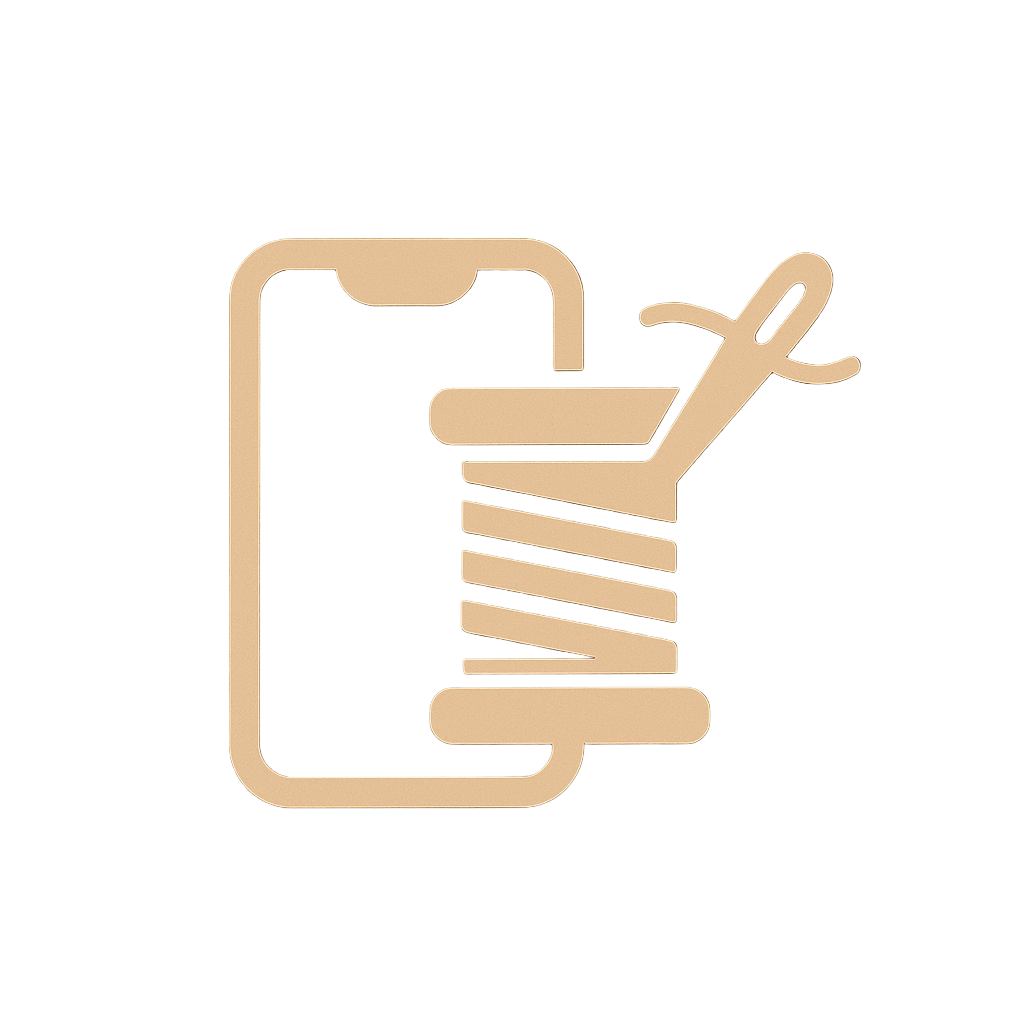US Inflation Rate Ticks Higher Amid Ongoing Trade Tensions
The latest US Consumer Price Index (CPI) data released on Wednesday revealed that inflation had ticked slightly higher in May, rising to 2.4% year-over-year, in line with expectations. This development comes as the ongoing trade tensions between the US and other countries, particularly China, continue to weigh on the economy. According to ABC News, the small increase in inflation keeps price levels near the Federal Reserve’s target rate of 2%.
The inflation rate has been a closely watched indicator, particularly in light of President Donald Trump’s tariffs on imported goods. Some retailers and economists had warned that the tariffs would lead to higher prices, but so far, the economy has defied these fears. Instead, inflation has cooled down over the months since Trump took office. The 2.4% inflation rate for May is an increase from the 2.3% rate recorded over the year ending in April, which was the lowest inflation level since 2021.
As reported by ABC News, economists expect inflation to remain near the Federal Reserve’s target rate of 2%, well below the recent peak of 9% in 2022. In recent weeks, Trump has dialed back some of his steepest tariffs, easing the costs imposed upon importers. Such companies typically pass along a share of the higher tax burden in the form of price hikes. A trade agreement between the US and China in May slashed tit-for-tat tariffs between the world’s two largest economies and triggered a surge in the stock market.
Within days, Wall Street firms softened their forecasts of a downturn. The US-China accord came weeks after the White House paused a large swath of Trump’s “Liberation Day” tariffs targeting dozens of countries. Trump also eased sector-specific tariffs targeting autos and rolled back duties on some goods from Mexico and Canada. Still, an across-the-board 10% tariff applies to nearly all imports, except for semiconductors, pharmaceuticals, and some other items.
Federal Reserve Chairman Jerome Powell has warned about the possibility that tariffs may cause what economists call “stagflation,” which is when inflation rises and the economy slows. ABC News reported that Powell said at a press conference in Washington, D.C., last month, “For now, it does seem like a fairly clear decision for us to wait and see.” The Fed will announce its next rate decision on June 18, and investors peg the chances of a decision to leave rates unchanged at 99.9%, according to the CME FedWatch Tool.
Nationwide retailers like Walmart and Best Buy have voiced alarm about the possibility they may raise prices as a result of the levies. The Organization for Economic Co-operation and Development (OECD) said this month it expects US inflation to reach 4% by the end of 2025, which would mark a sharp increase from current levels. The ongoing trade tensions and their impact on inflation will continue to be closely watched by economists and investors in the coming months.
The current inflation rate and its potential impact on the economy have significant implications for monetary policy. As noted by ABC News, if the Fed were to raise interest rates, it could help ease inflation, but it may risk an economic downturn. If the Fed were to cut rates in an effort to spur economic growth, the move could unleash faster price increases. For now, the Fed appears willing to take a wait-and-see approach, holding interest rates steady for the second consecutive time at its last meeting in May.
Source link



